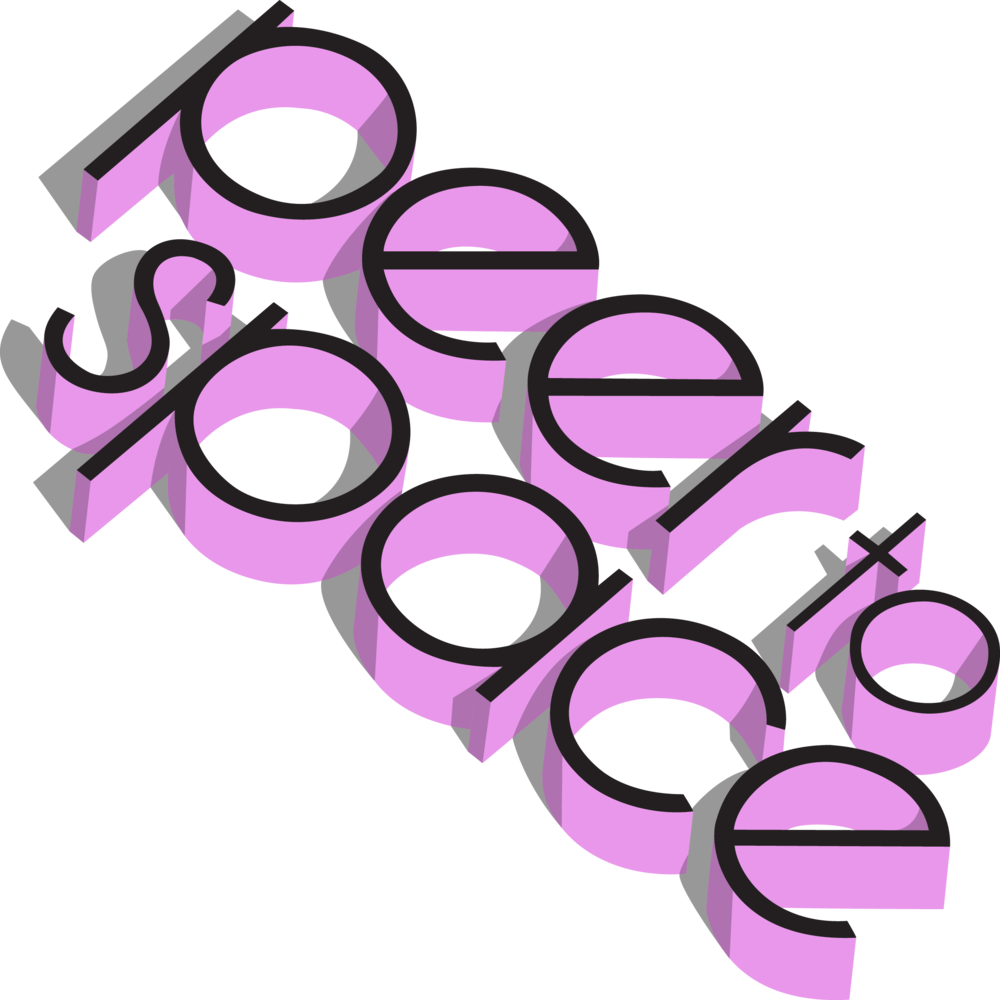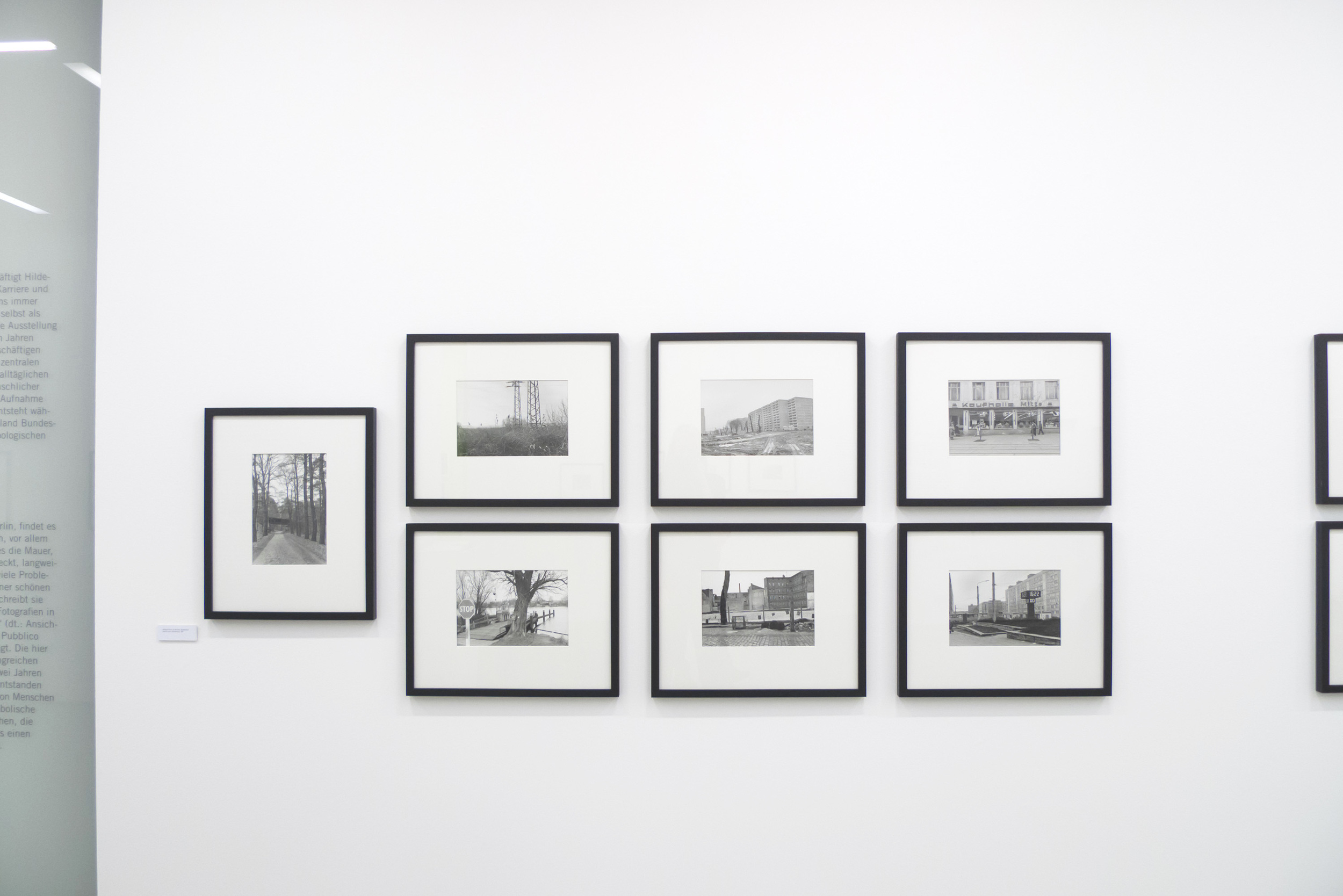Hildegard Ochse, from the series Derental, 1984
Between Her Own Viewpoint and Authentic Reality
The Photographic Oeuvre of Hildegard Ochse
Exhibition on the occasion of Hildegard Ochse’s 80th Birthday
Hildegard Ochse, Crete, 1979
Opening Thursday November 5, 2015, 6-9pm (Facebook-Event)
Curated by Tina Sauerländer
In collaboration with Benjamin Ochse
At Kommunale Galerie Berlin, Hohenzollerndamm 176, 10713 Berlin, Germany
Exhibition from November 5, 2015, until February 14, 2016
Opening hours: Tues-Fri 10am-5pm | Wed 10am-7pm | Sun 11am-5pm | Admission free
Closed on December 24, 2015 until January 3, 2016
Hildegard Ochse was not interested in beauty; she liked the authentic. She loved and hated Berlin, saying it was beautiful and ugly at the same time, but above all Berlin was vivid and vibrant to her. “We have many problems, but don’t hide them behind a beautiful facade as elsewhere,” she wrote in 1985 about the city in which she lived in from 1973 on until her death in 1997. Her photographic series are always symbolic of larger context. The images of people on the streets of Berlin represent isolation, harshness and despair as a partial aspect of urban culture.
Hildegard Ochse was 43 years old when she opted for a professional career as a photographer. From 1975 on she attended photography courses, later at the famous “Werkstatt für Photographie” in Berlin-Kreuzberg, founded by Michael Schmidt. She took part in workshops of renowned American photographers, including Lewis Baltz, Ralph Gibson and Larry Fink. In this time the artistic value of photography changed, particularly after 1977 photographic works were exhibited extensively at the Kassel art exhibition documenta 6.
From 1981 on Hildegard Ochse photographed the series Großstadtkirchen (Churches of the City) for the Herder publishing house or the staff of KPM (Royal Porcelain Factory) in Berlin. The exhibition Between Our Own Viepoint and Authentic Reality now focuses on the development of her visual language as a photographer. The exhibition is dedicated to her work that has arisen independently of commercial contracts, including the series Stadtvegetation (urban vegetation), Gastland Bundesrepublik Deutschland (Host country Federal Republic of Germany), Aspetti di Berlino (aspects of Berlin) or Derental. The photographic works of Hildegard Ochse reflect social structures and are symbols of social or cultural conditions—photographed in black and white, without distortion and without unusual image sections. Hildegard Ochse was concerned with the the depiction of authentic reality and everyday life. She was aware that photographs are not just a reflection of world, but create their own content, aesthetics and new ways of seeing as well asinterpretations of reality. With her attitude towards photography, her selection of themes and her visual language she works in the tradition of Autorenfotografie. The renowned German art historian and curator Klaus Honnef coined the term in the 1970s. It refers to photographers that reflect their own view of reality according to strictly documentary visual language in order to create an authentic reality in the photo. About the works of Hildegard Ochse Klaus Honnef wrote to the curator of the exhibition, Tina Sauerlaender, “My thoughts and definitions of Autorenfotografie apply to the work of photographer Hildegard Ochse more than to the works of so called Kunstfotografie (artistic photography), which has embraced my concept completely.”
PRESS: Berliner Woche (DE), Im Westen (Morgenpost) (DE), PiB (DE), PiB (EN), LODOWN (EN)
ACCOMPANYING PROGRAM:
Wednesday, December 2, 2015, 6pm: Curator’s tour with Tina Sauerländer
Sunday, December 6, 2015, 2pm: Tour with biographical focus with Benjamin Ochse
Sunday, January 17, 2016, 3pm: Tour with Benjamin Ochse and Tina Sauerländer
For English guided tour please contact curator Tina Sauerländer at tina@peertospace.eu.
Hildegard Ochse, Andrea Doria (New York Skyline), 1953
About the biographical part of the exhibition:
The exhibition presents an extensive workup of the personal life of Hildegard Ochse (1935-1997), who came from a strict Catholic, middle-class and intellectual household. Her later friends included the art dealer Kurt Hans Cassirer and his wife and patron of the arts Eva Solmitz. As a 16-year-old in 1952, Hildegard Ochse traveled to the United States with a scholarship for gifted children. She graduated from high school in Rochester, New York in 1953. There, the world's first museum of photography—today called the George Eastman Museum—opened in 1949. In June 1953, Hildegard Ochse returned on the Italian passenger liner Andrea Doria to Europe. During this period, remarkable early photography came into existence. Furthermore, the show supplements an extensive documentary about the life and work of Hildegard Ochse, as well as important documents rediscovered recently.
About her series Urban Vegetation
Everything is made of geometric shapes, linear, rectangular, square, triangles, parallels. The city, buildings, homes, objects, segments. Flowers and briers or shrubs do not abide by these laws. (Hildegard Ochse, 1978)
At the beginning of her career, Hildegard Ochse photographed doll parts in the sand, the tidal channels (France, 1976), a pig's head and fish (Sicily, 1979). These early images reveal Hildegard Ochse’s interest in eye-catching motifs and contrasts and they aim towards a certain effect of a single image, instead of working in series. The later photographs taken in Crete are different and in a calmer visual language. Hildegard Ochse avoids romantic views of the sea; she is instead interested in the ordinary bushes by the road side—a subject that will accompany her throughout her life.
Hildegard Ochse, from the series „Stadtvegetation“ (urban vegetation), ca 1978
“Nature: Between Subjective Sentiment and Objective Recognition” is the headline of Rolf Wedewers introduction in his book Landscape Painting. Between Dream and Reality (1978). Hildegard Ochse has worked through it carefully. There, the subjective process of the pictorial invention of the artist beyond objective reproduction of the landscape is discussed. Landscape painting is nothing more than an aestheticized, culturally appropriated version of nature, the author Wedewer writes on page 26. Real nature is as such only where it becomes horribly dull and desolate. When nature looks banal and useless, serves no purpose and is not misused as a projection surface for an artistic expression, it can be considered nature not landscape. In her series Stadtvegetation (urban vegetation) Hildegard Ochse does not deal with this kind of exploited representation of nature like Arcadia, a heroic or romantic landscape. As an author photographer, she is nevertheless aware that each photo, like a painting, is not an objective collection of things, but conveys a subjective attitude. The freely growing shrubs along the roadside in various places in Berlin express a kind of nature, that makes its own way through the urban, humanly created environment. This everyday majesty of nature over culture also symbolizes freedom, at a time when the Berlin Wall still stood. Buildings, cages, flower pots or shop windows in the work of Hildegard Ochse are emblematic for a being locked up or for cultural or social constraints.
Hildegard Ochse, from the series Gastland Bundesrepublik Deutschland (host country Federal Republic of Germany), 1983
Hildegard Ochse as Autorenfotografin
Hildegard Ochse, from the series Aspetti di Berlino (aspects of Berlin), 1982
Hildegard Ochse describes herself as Autorenfotografin (literallly, an author photographer) in a letter to the publisher Klaus Wagenbach on March 27, 1984. Photography offered in her opinion “new ways of seeing, new interpretations of reality”. In the draft she adds that photographers “create work that is relevant in terms of content and aesthetics” and “start a thought process causing progress in things.”
The photographic series of Hildegard Ochse reflect societal structures and are symbols of social and cultural contexts and relations. They reveal the photographer’s understanding of reality and a purely documentary visual language in black and white, with no distortion or unusual image sections. Hildegard Ochse always photographed from eye level because she was interested in the representation of authentic reality and everyday life. With her selection of themes and visual language, she pursued the demands and attitude of Autorenfotografie.
The art historian and curator Klaus Honnef coined the term since the 1970s. So called Autorenfotografen (photographers working with this principles) claim the (artistic) authorship of a photograph. They communicate their opinion and view of reality by means of documentary photography in order to create an “authentic reality” in the photo. They preserve the human perspective and avoid distortions. Author photographers should be aware of their environment, have a clear point of view and must communicate it in their own visual language. They must get in touch with the viewer, by selecting subjects that are relevant to them and by (visual) means that can reach the audience.
The opening
Exhibition views




































